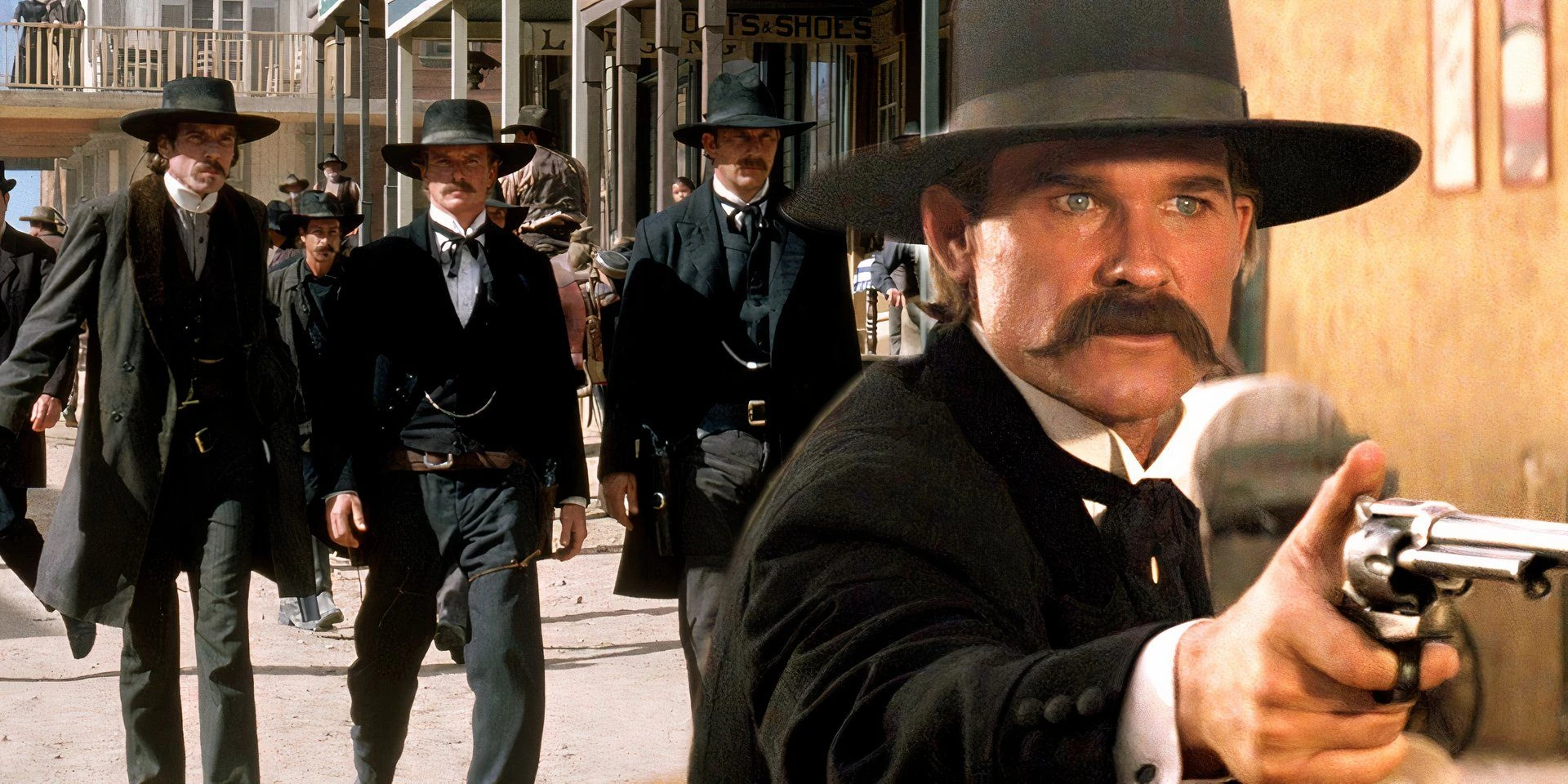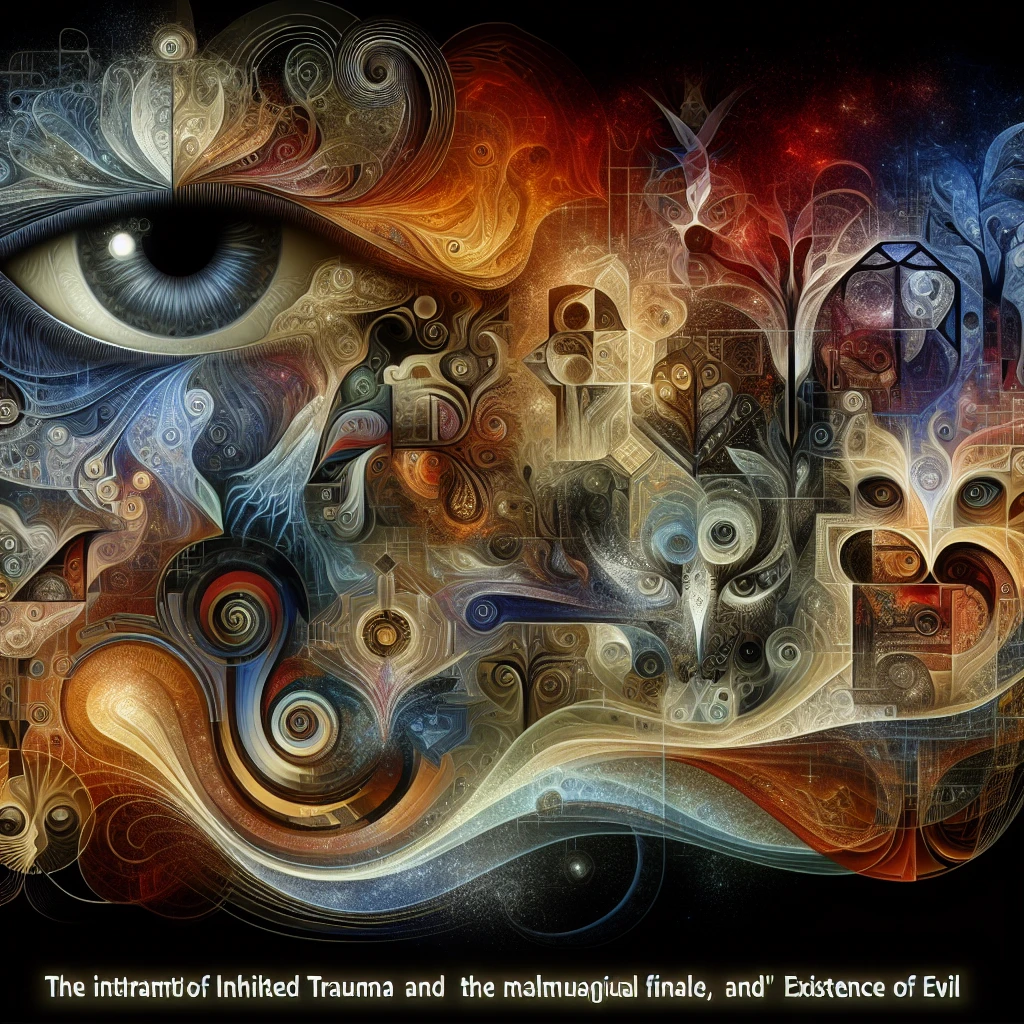A Historian’s Take on the O.K. Corral Gunfight in Film
In the world of Old West cinema, two films stand out for their portrayal of the legendary lawman Wyatt Earp and the infamous gunfight at O.K. Corral: the 1993 film Tombstone and the 1994 film Wyatt Earp. Released just six months apart, these films have sparked ongoing debates among fans and historians about their historical accuracy and cinematic quality. While Kurt Russell’s portrayal in Tombstone is generally favored by audiences, Kevin Costner’s Wyatt Earp might offer a more authentic depiction of the gunfight itself.
Historical Insights from Mark Lee Gardner
Renowned historian Mark Lee Gardner recently shared his insights on these films in WIRED’s Tech Support YouTube series, where he addressed questions about the Old West. When asked which film best depicted the O.K. Corral gunfight, Gardner pointed to Wyatt Earp as having an edge in accuracy, particularly in illustrating the close range between the gunfighters. According to Gardner, the Costner film better captured the approximately 15-foot distance between the opposing sides. He also highlighted a common inaccuracy in both films: the portrayal of guns being drawn from holsters, whereas in reality, Wyatt Earp and Doc Holliday carried their revolvers in coat pockets.
Gardner’s Analysis of Dialogue and Details
Gardner appreciated both films for incorporating historical dialogue, such as Doc Holliday’s famous line, “You’re a daisy if you do,” which was reportedly spoken during the actual confrontation. However, he noted that the depiction of the characters drawing their firearms from holsters was inaccurate, as it was customary at the time to have tailor-made pistol pockets in coats. Wyatt Earp’s coat even had a canvas-lined pocket to facilitate a smooth draw.
Evaluating Tombstone and Wyatt Earp
Historical Accuracy vs. Cinematic Appeal
Despite Gardner’s preference for the accuracy in Wyatt Earp, it does not necessarily make it a superior film overall.
Tombstone’s Cinematic Success
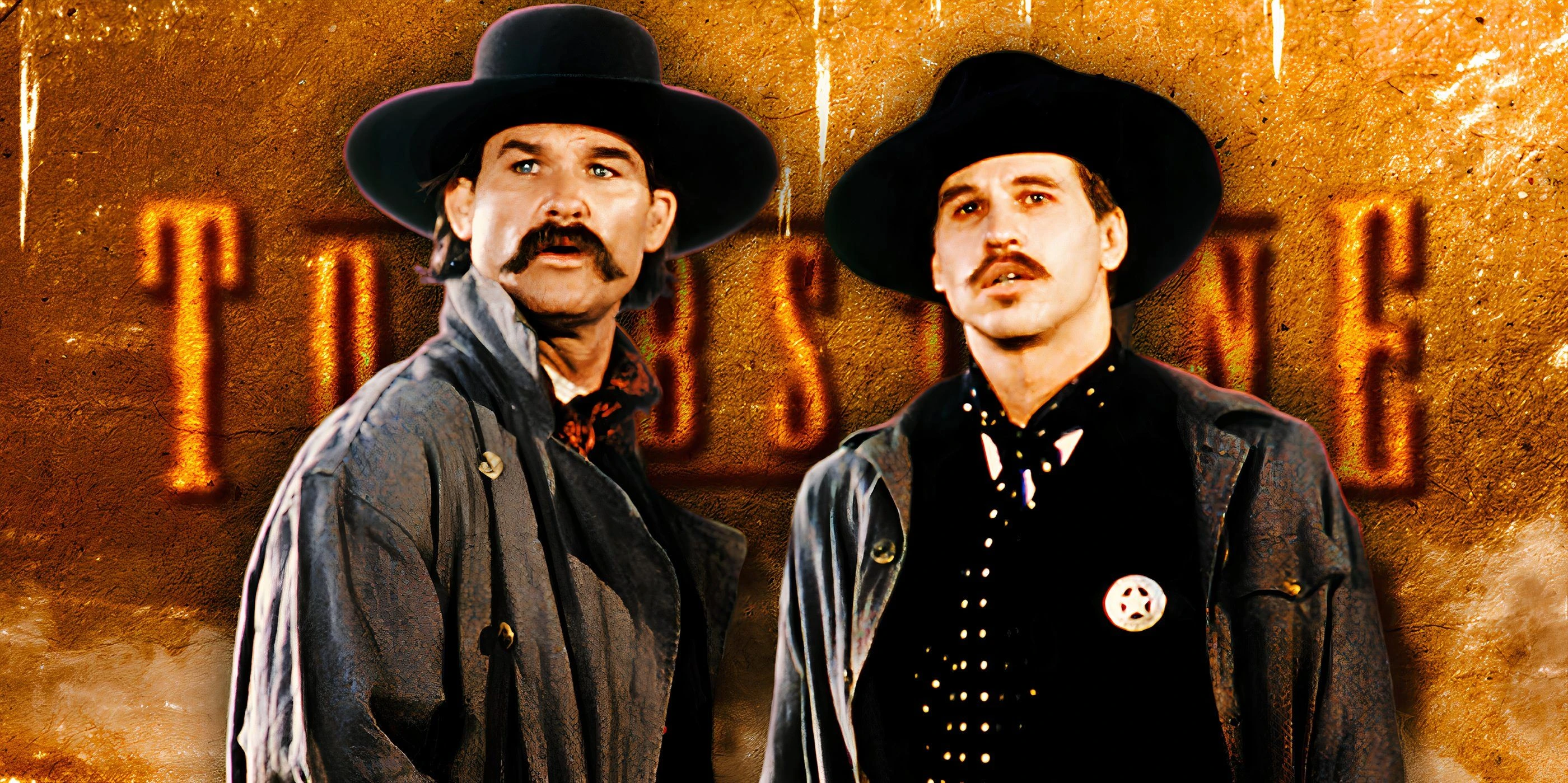
Released on December 25, 1993, Tombstone featured Kurt Russell as Wyatt Earp and Val Kilmer as Doc Holliday. The film was well-received, currently holding a 73% rating on Rotten Tomatoes, and achieved moderate financial success, grossing $73.2 million on a $25 million budget. Over time, it has gained a cult following, largely due to Kilmer’s standout performance as the charismatic, hard-drinking Holliday.
Wyatt Earp’s Reception

Tombstone's Opening Scene Immediately Dispelled A Western Movie Myth In 1993
In contrast, Wyatt Earp, released on June 24, 1994, faced a lukewarm reception from critics, with a 31% score on Rotten Tomatoes. It also underperformed at the box office, earning just $55.9 million against a $63 million budget. One reason for its lackluster performance may be audience fatigue with the subject matter being revisited so soon. Despite its historical accuracy, critics and audiences generally agree that Tombstone offers a more compelling narrative.
Our Perspective on the Films’ Historical Accuracy
Appreciating Both Films’ Merits
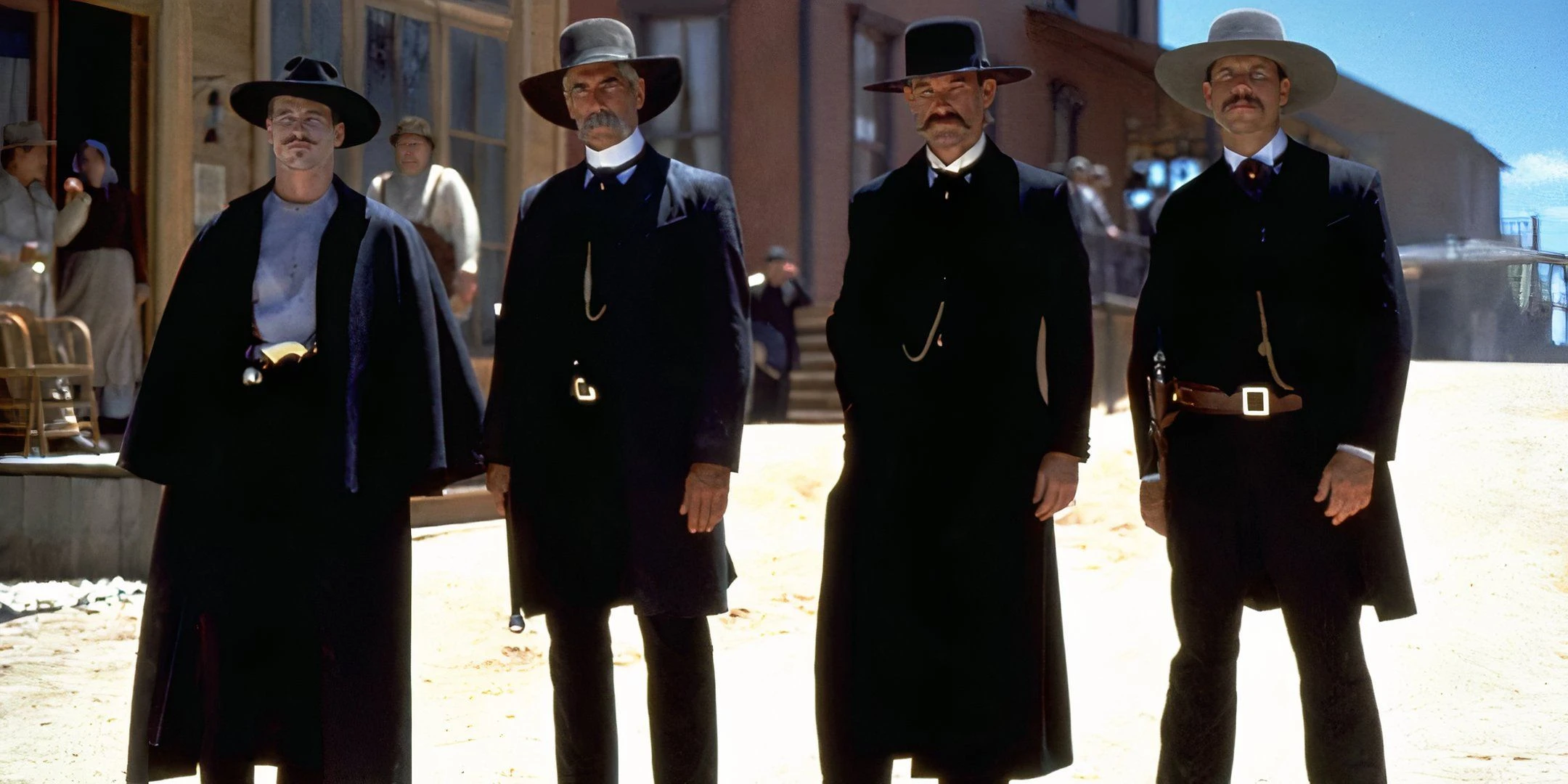
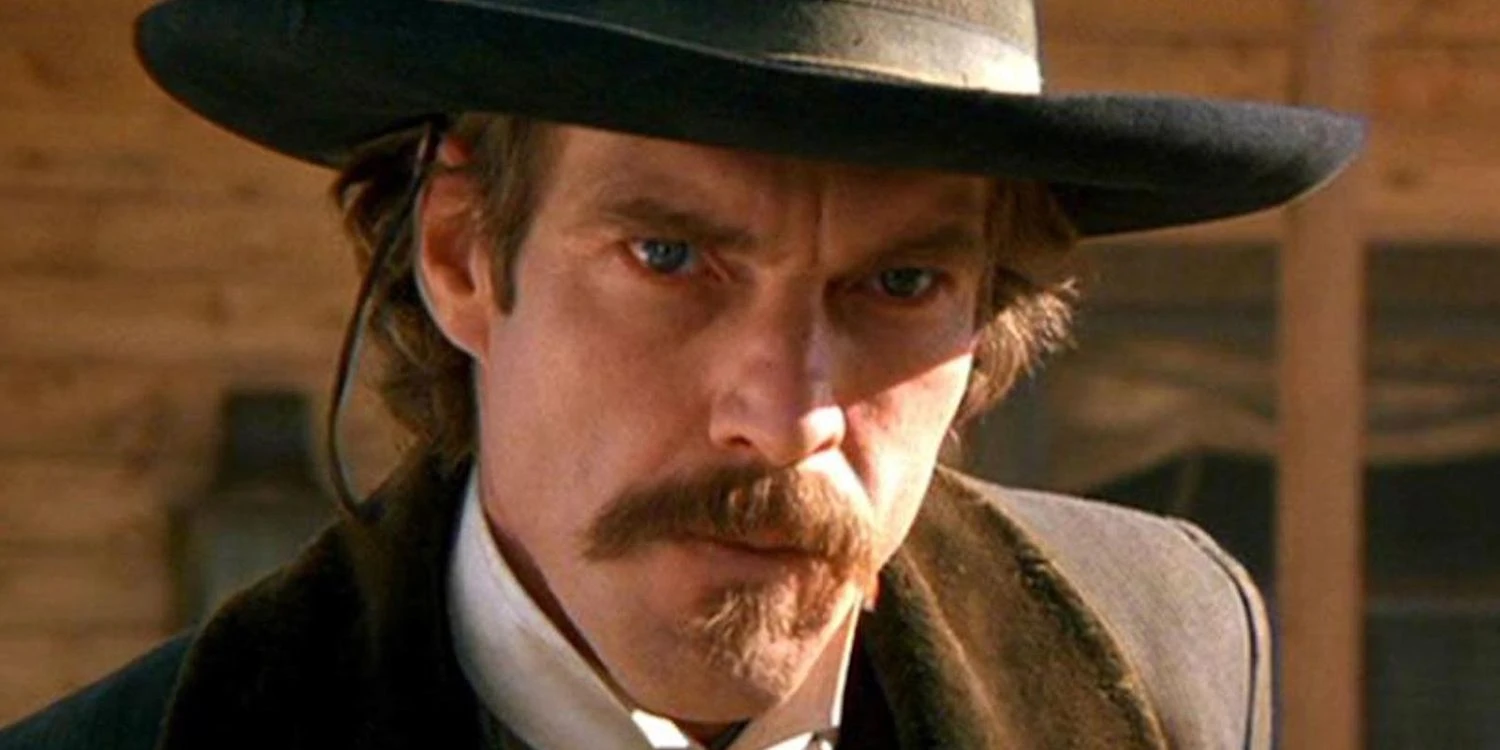

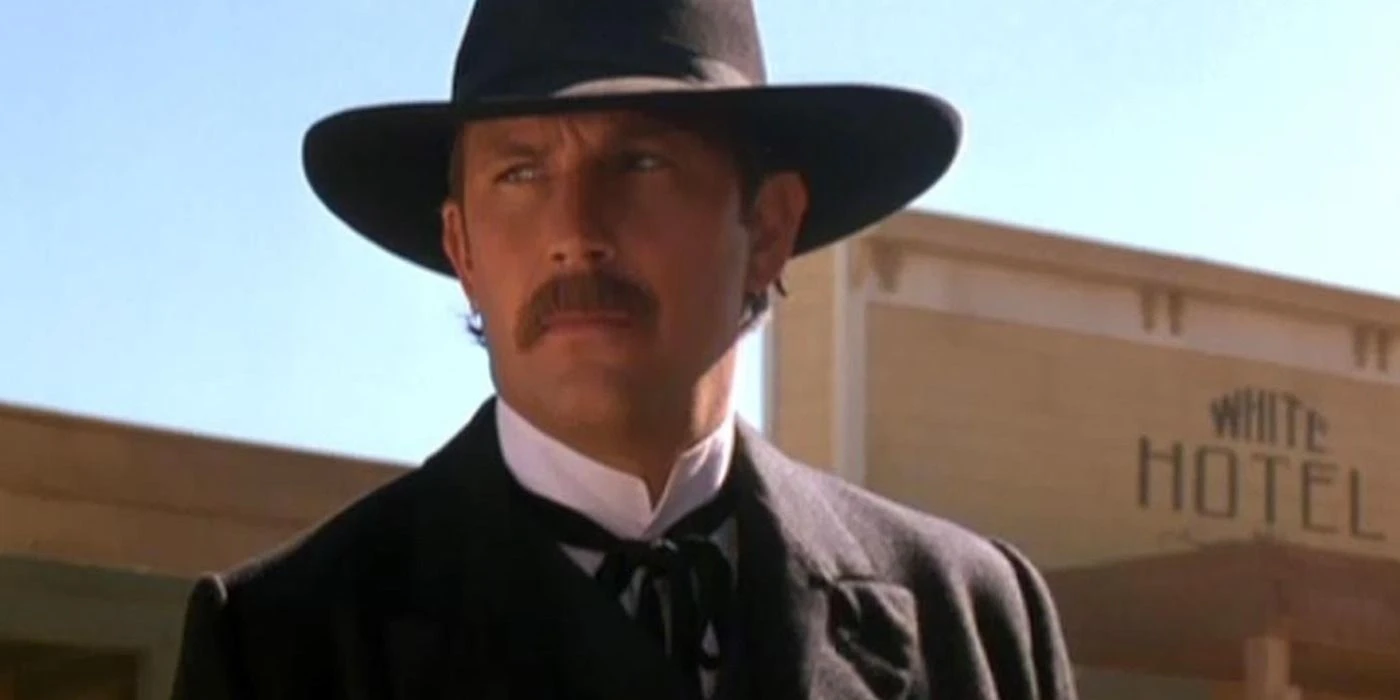
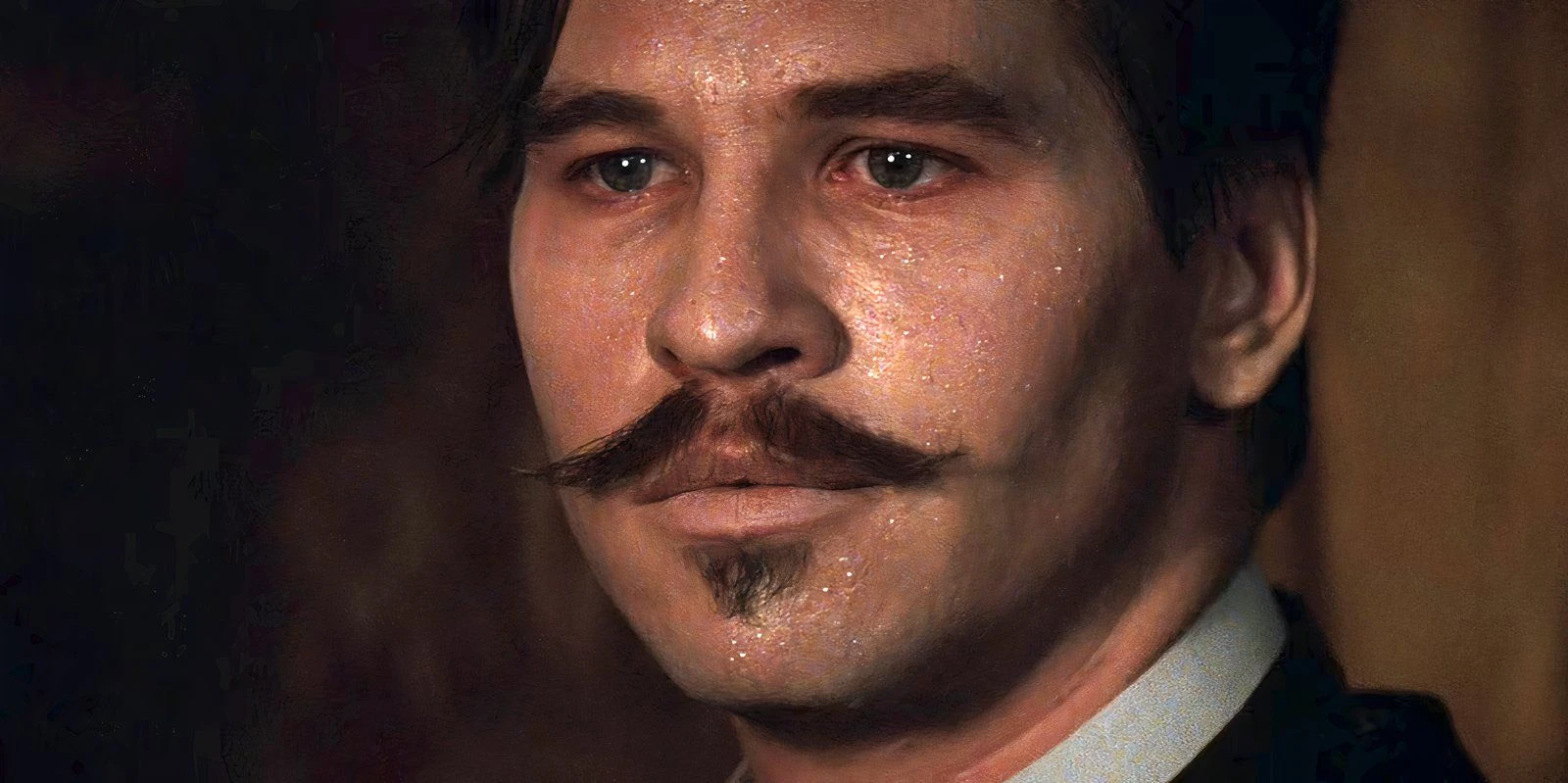
Regardless of their historical precision, both films have unique merits that make them worth watching. Wyatt Earp may feel more drawn-out and could benefit from tighter editing, but it boasts a strong cast, including Costner as Earp and Dennis Quaid as Holliday. Meanwhile, Tombstone stands out as the superior film overall, thanks to its storytelling and enduring appeal, which has only grown in the 30 years since its release.
Source: Wired
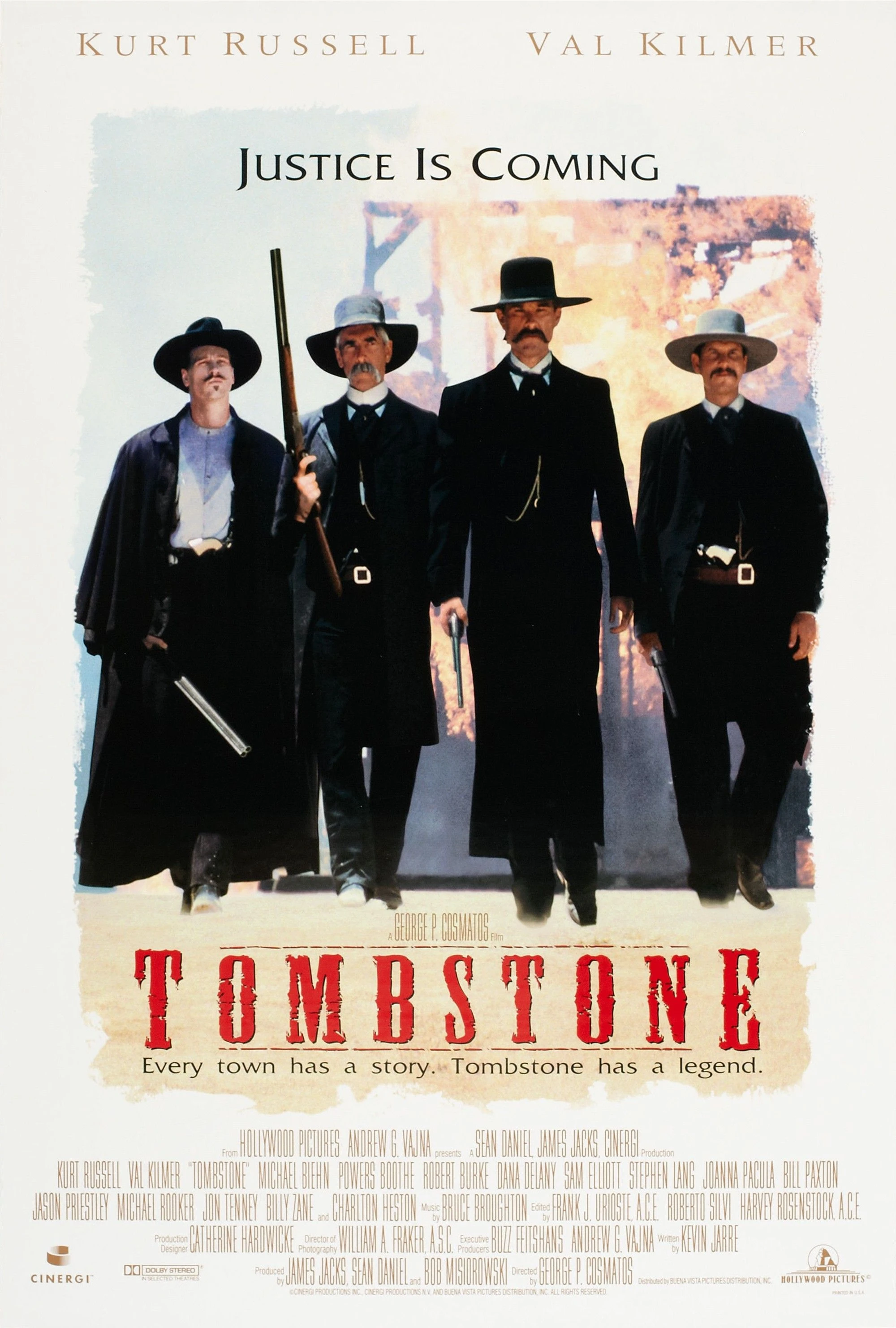
Tombstone
- Western
- Biography
- Drama
Tombstone is a Western film loosely based on true events. When a group of outlaws known as the Cowboys ride into a town and slay several police officers for revenge for the death of two of their gang members, word of their misdeeds reaches the ears of a retired lawman. Gathering a group together, the new vigilantes will defend the town and aim to end the terror of the Cowboys.

Wyatt Earp (1994)
- Western
- Drama
- Action
- Adventure
Wyatt Earp (1994) is a biographical Western film directed by Lawrence Kasdan, starring Kevin Costner as the legendary lawman. The film chronicles Wyatt Earp's life, focusing on his relationships with his brothers and his role in iconic events such as the Gunfight at the O.K. Corral. The cast includes Dennis Quaid as Doc Holliday and Gene Hackman as Nicholas Earp, providing a comprehensive exploration of Earp's complex legacy.

